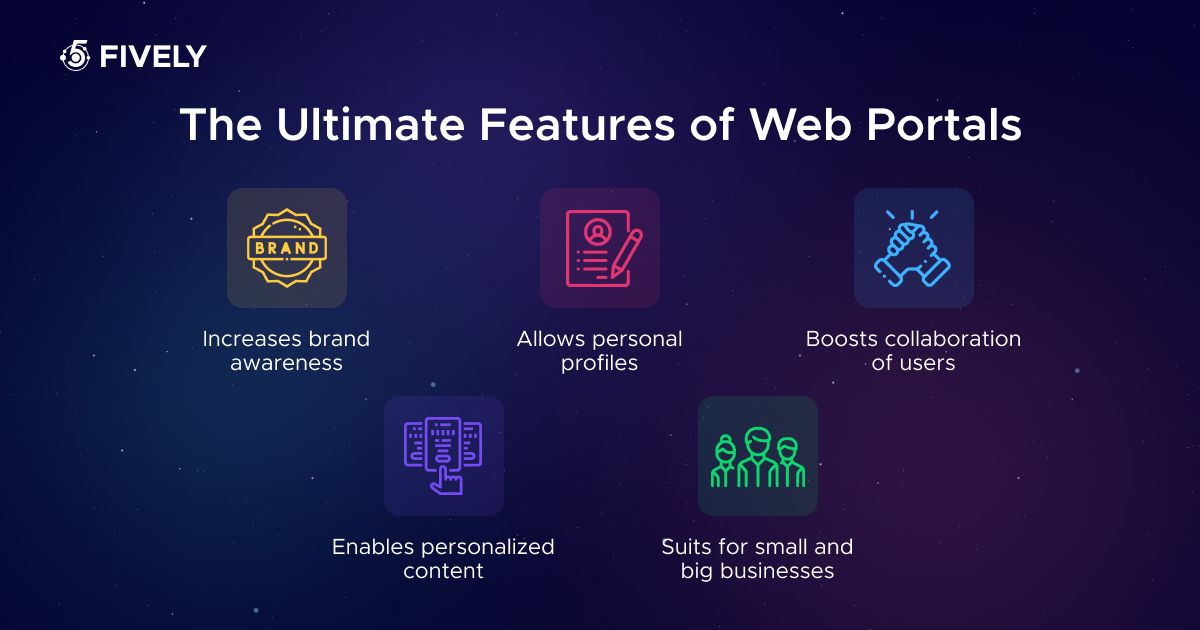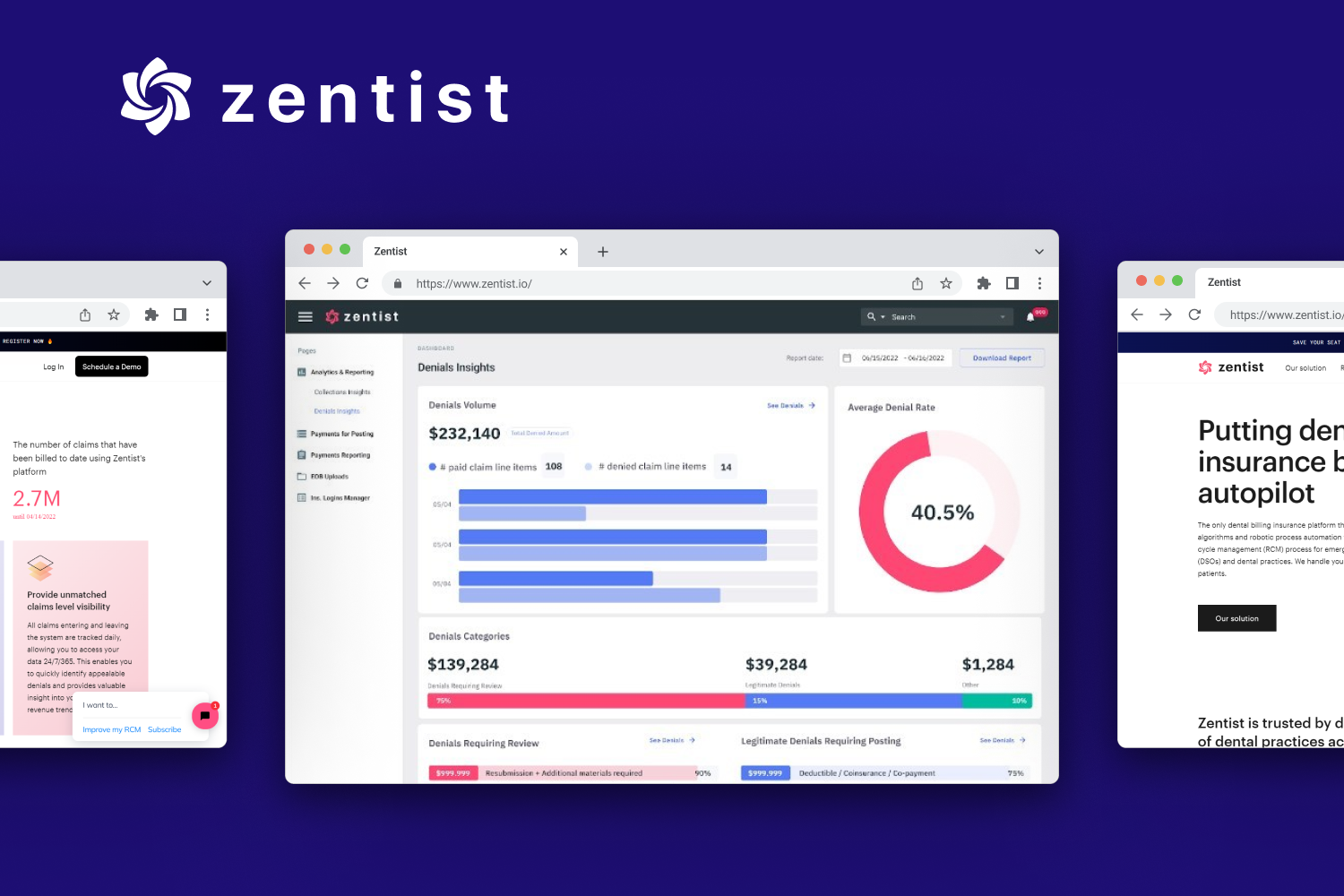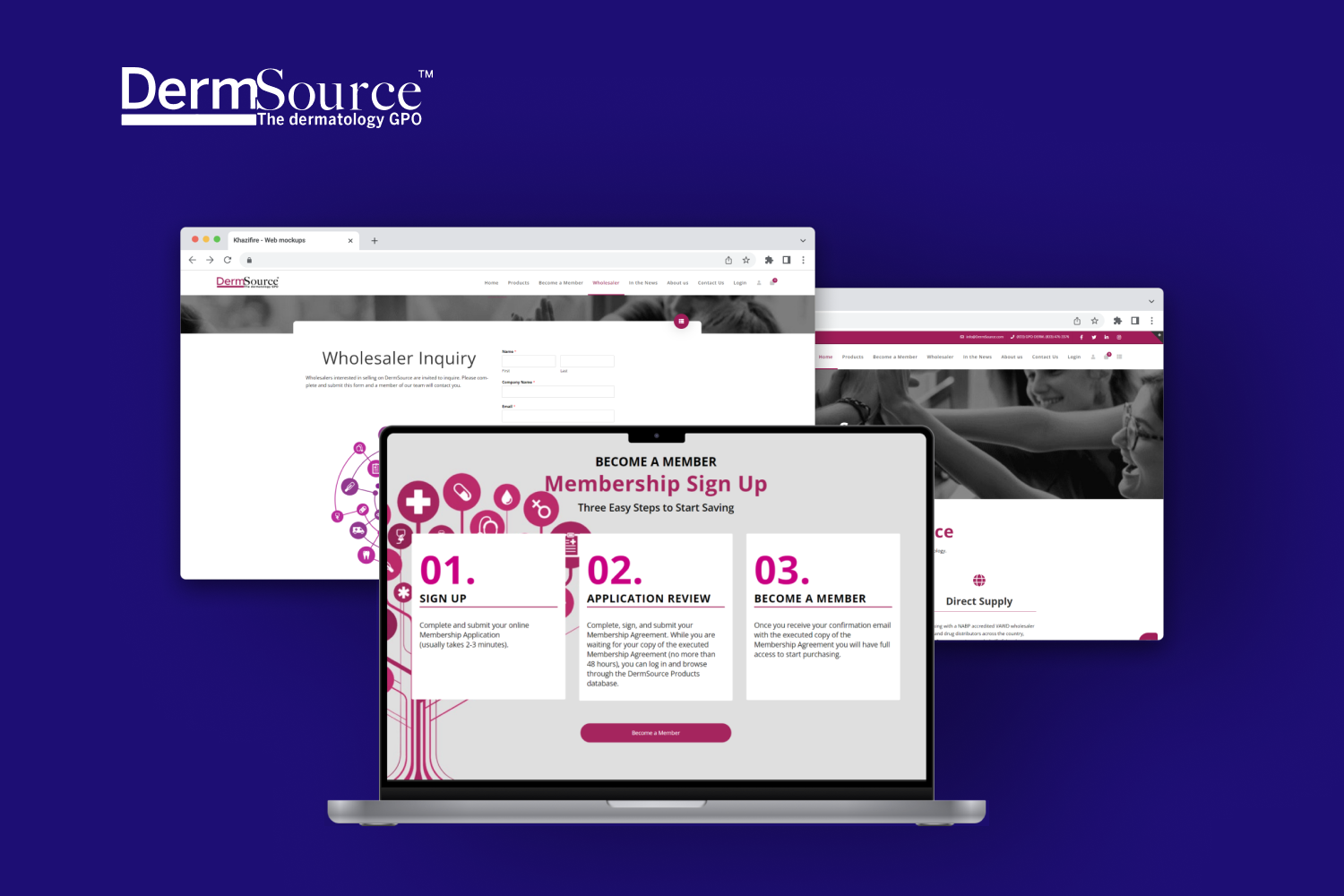Guide To Developing Medical Software: Types, Features, Benefits, Compliance, and More
Unlock the potential of medical software development with our comprehensive guide!
Can developing medical software be a good idea today? Let’s look at the numbers. According to Statista, investor funding in the HealthTech industry has grown dramatically during the last decade: for example, the investment amounted to $23.3 billion in 2022.

In this extensive guide, we will talk about different types of medical software, pros and cons of such solutions, cybersecurity and compliance, and best practices of design and development.
What Exactly is Medical Software?
Medical software is a great step to digital transformation in the healthcare industry. In a nutshell, the term describes computer programs that can help medical professionals in various ways and across different fields.
For example, custom HealthTech solutions can support:
- Initial diagnostics via interactive chatbots;
- Communication between doctors and patients via telemedicine;
- Storage and management of patient data;
- Remote monitoring with IoT devices;
- Robotic surgery;
- Treatment quality control in medical practice;
- Big Data analytics to increase the quality of diagnostics;
- Logistics processes in the pharmacology subfield, and much more.
The use within any healthcare context is how software can qualify as medical. Some programs can be embedded in devices for patients while others help professionals with diagnostics and treatment, also reducing paperwork in healthcare organizations.
The role of software in medical devices is increasing rapidly since 2020. It means the rise of remote healthcare services and more frequent use of digital products within big and small facilities. This makes it important for businesses to understand how to develop healthcare software for different needs.
What Are the 5 Types of Medical Solutions?
Medical CRM systems and EHR/EMR apps are the common types of software that most hospitals use nowadays. Let’s dive into the five most popular solutions to build for better patient care and business process management in healthcare facilities.
#1 EMR and EHR software: they are solutions for digitalization of paper documents, including medical data and patient data. The ability to share information is the main difference between electronic medical records (EMR) solutions and electronic health records (EHR) applications. The latter are allowed to quickly send the required data to other hospitals, which can be a life-saving feature in urgent situations.

Who develops the EHR? Various organizations from the healthcare industry, including research centers and governmental subdivisions, may collect information about different demographics and treatments. They usually choose an EHR as a comprehensive healthcare software development solution that makes the information well-structured and easily achievable.
EMR and EHR software can work on mobile devices and be an effective patient management app that provides all critical information, including patients’ profiles, treatment plans, medication, health history, laboratory test results, and more.
#2 Patient portals and apps: they provide opportunities for patients to engage more in the treatment processes, including remote consultations via a mobile app.
Patient portals are websites with a wide range of engagement features. Let’s look at some examples of what patients can do on these portals:
- Have a consultation with a specialist online, via chat or video;
- Make an online appointment and visit their doctor at a convenient time;
- Read or watch educational content related to healthcare;
- Pay online for medical services;
- Provide feedback on how well medical professionals and healthcare organizations do their job.
Mobile healthcare software development plays a great role in the spread of remote medical services. Healthcare mobile apps may have different kinds of target audience and be used for various purposes: for example, pill taking and rehabilitation management, psychotherapy consultations, women’s health monitoring, etc.

#3 Remote monitoring apps: this type of healthcare software is related to the IoT technology, Artificial Intelligence and wearable devices, such as health watches, biosensors, blood pressure monitors, oxygen level tracking devices, and more.
Developing medical clever software for devices is crucial nowadays, because it provides lots of new opportunities both for clinical monitoring and self monitoring. In the end of the day, it becomes much easier to spot the first signs of a serious illness.
#4 Hospital management software: it is an important part of healthcare software development, because it combines different doctor-oriented and patient-oriented features that hospitals can effectively use for medical resource management on an everyday basis.

If we make a few examples, hospital management platforms can have the following functional blocks:
- Patient registration and a database to store electronic health records;
- Notifications about appointments, prescriptions, recommendation, etc;
- Billing and insurance processing;
- Prescription management;
- Medication booking and purchase;
- Doctors timetables management;
- Medical supplies and facilities management.
In other words, practice management software can be a modern workflow automation solution for healthcare providers.
#5 Health insurance solutions: these are the special types of medical software offering a specific functionality to generate and process medical insurance claims. You can build a medical billing platform to streamline this whole process and make it more transparent for all involved parties.

What are some other functionalities that you can see in different healthcare apps? Here are more examples of what they can do:
- Providing in-depth analytics based on healthcare data to increase the quality of treatment;
- Making it possible to have a preliminary consultation with the help of a chatbot;
- Connecting a patients with a doctor remotely via a video chat;
- Providing encrypted communication to keep medical data and patient data well protected.
Let’s dive deeper into the most important advantages of building medical solutions for different parties and the whole healthcare industry.
What Are the Benefits of Hospital Software Development?
The main advantage of building medical software is wider access to healthcare information and direct consultations, even the remote ones. Everything that patients and doctors need is an Internet connection, though there are some offline solutions that allow you to get vital healthcare information when being online is not an option.
What other benefits can digital transformation of medical practice bring these days?
- Saving time – the use of online scheduling and remote consultations can eliminate the problem of waiting.
- Improving productivity – with the custom healthcare software development, healthcare organizations can get any features to streamline their workflows and reduce manual work.
- Being 24/7 available – developing medical apps that work on smartphones and tablets allows doctors to look through medical documents on-the-go and make faster decisions. Patients can get answers via medical reference apps, chatbots and direct talking to specialists.
- Providing in-depth analysis – healthcare software product development creates opportunities for medical professionals to see complete medical history and even use machine learning tools to make precise diagnoses.
- Reducing costs – digital transformation can reduce administrative work offline while telemedicine apps provide consulting services with lesser expense.
- Building professional communities – software solutions for the medical professionals allow them to enhance collaboration with colleagues from other places and share expertise.
Even though there are many benefits related to health software development, one can also meet some challenges. Medical facilities and solution developers should be aware of them. These challenges are, for example, security risks and HIPAA compliance, limitations of current technologies, dependence on the Internet connection and modern devices, and so on.
We will talk about the challenges later in this guide. Now let’s look at the most essential features that medical software usually has.
What Are Some Basic Features of HealthTech Solutions?
These days, there are over 400,000 health-related mobile apps in online stores, which shows how relevant healthcare software development services can be. In this report by Statista we can see that remote consultation apps are most popular in the areas with higher population density and a shortage of medical professionals to satisfy the growing demand.
Many healthcare organizations build their own applications for patients and employees. Unfortunately, not all of these solutions can fully satisfy users’ needs. Very common mistakes related to software development in the medical field are poor UX and lack of important features.
How can you avoid these mistakes developing medical apps? Study user expectations and keep them in mind.
High-quality software for healthcare should let its users:
- View medical data, according to role-based access;
- Manage logistics processes in a hospital;
- Check medical billing and insurance claim processing;
- Check lab test results;
- Upload and download medical images like X-ray, MRI, etc;
- Store electronic health records securely;
- See the doctor’s schedule and manage appointments;
- Get prescriptions refills;
- View information on the doctor’s profile, including degree, photos, etc;
- Make emergency calls using a mobile app;
- Use in-app maps to navigate the way inside a large hospital;
- Monitor health signs like pulse, oxygen, glucose, and more;
- Get notifications and reminders about appointments, pharmacy bookings, treatment details, etc.
If you are engaging in software development in healthcare, the first thing you should understand is the purpose and possible functionality of your solution.
Basic features may include, for example:
- Patient and Doctor profiles;
- Search system with filters;
- Content management system;
- Dashboards to show statistical data;
- Calendar and scheduling tools;
- Push notifications;
- Video calls and live chat;
- Integrations with other services like payment systems, pharmacies, insurance solutions, etc.
Cutting-edge technologies make it possible to engineer digital solutions for different goals, including the most complicated ones.
What Technologies Are Used for Medical Device Software Development?
Digital transformation in the industry has gone through several changes in recent years, and there are some important tendencies that you should know about.
- Regulations and insurance. The 2020 pandemic has changed everything about software development for the healthcare industry: insurance companies began giving compensation for remote services, and the US government lifted many previous restrictions for such platforms.
- Data security. It is a huge part of HIPAA compliance. Secure storing, editing and sharing patient data becomes possible with encryption and other methods.
Who develops medical software? If you want to make a new solution from scratch, it's worth looking for a custom healthcare software development company to carry out the research of your target audience, current workflow specifics, future goals, and other factors that may influence the feature list and even technology stack of software for healthcare.
What technologies are used to develop custom software for medical institutions?
- WebRTC enables convenient and secure communication when it comes to telemedicine applications.
- IoT connects various healthcare-related equipment, from smartwatches and cameras to medical kiosks and robots, and enables emergency response based on automated tracking and clever analysis.
- Big data contains lots of medical data from various sources, and modern technologies like machine learning and deep learning allow us to collect and proсess information for different purposes, mostly for diagnostics and treatment improvement.
- AI takes the process of developing medical software to a new level with neural networks, computer vision, natural language processing, voice recognition, machine learning, and more.
Let’s take a closer look at the process of medical application development and implementation.
What Do You Need to Know about Healthcare Software Design and Development?
The life cycle of software development in healthcare includes five integral steps:
1. Conducting analysis and defining requirements. It should always be the first step when you start custom medical software development. We recommend you to collect and check all information you currently have, including the list of activities and workflows – this will help to define the goals of your solution and understand what functionality can fulfill them better.
What is custom software development? It is a process of building a unique solution with specific features that can help your organization meet a certain goal. For example, a target audience of your solution may be employees – doctors, nurses, managers – that will have different levels of access to internal information, quickly search for what they need, track certain activities, add new information, communicate with colleagues and patients, etc.
2. Prototyping a future product. This stage is also critical for healthcare software solutions development. A prototype shows how the product will generally work, allowing a development team and a product owner to make final changes before the work begins.

3. Design and development. The prototype is very important when you design and engineer a real application using healthcare technology: software development relies on a final prototype that allows a team of specialists to follow the project’s guidelines throughout the development process. This also includes medical compliance and data security.
User-friendly design is a vital part of medical software engineering services when you request them from a custom healthcare software development company. Important information can be difficult for patients to understand and search through if you don’t pay attention to convenience.
These are some best practices for creating well-thought user experience:
- Make sure that user stories are logical and consistent;
- Start the journey for a patient or doctor with the most vital information for this type of user, such as profile, search, calendar, etc;
- Keep as few interactions as possible, especially on mobile devices;
- Make everything readable, clean and easy-to-understand;
- Keep focus on time-saving and user-friendly UX, making the whole experience seamless and convenient.
You will also need a professional team of engineers for high quality medical software development, because this field has a lot of sophisticated details to keep in mind, one of them being excellent cybersecurity.
4. Manual and automated testing. Thorough testing allows your application to avoid serious malfunctions, potential security breaches and usability problems. QA engineers use manual testing to check the user interface while automated tests are important to quickly find bugs in huge amounts of code. Testing is undergone during the whole development process when building medical device software.
5. Accreditation and deployment.
New software must be HIPAA-compliant, approved by the FDA, or validated through other procedures according to your country’s law and different healthcare regulations. Once accredited, your product is ready to be used in a health facility.
What are the Common Mistakes Related to Software Development for Healthcare?
The building of medical applications is full of different challenges. Let’s talk about common pitfalls that are easier to overcome when you are aware of them.
Mistake #1: Unsatisfying user experience.
How to avoid: Keep in mind that UI/UX design is an important stage of the process of creating medical software. If your solution is difficult to navigate, employees and patients will be reluctant to use it.
Mistake #2: Poor development quality and lack of proper testing.
How to avoid: Make sure to find a team of qualified software developers for medical applications. These professionals should have experience building HealthTech solutions, proved by their portfolio.
Mistake #3: No compliance with medical regulations.
How to avoid: Make sure you know the laws on storing and sharing medical records and other sensitive data in your country. If needed, hire a compliance professional.
What Kind of Regulations for Medical Data Protection Exist in Different Countries?
Privacy and security standards can differ from country to country. Let’s consider several examples.
In the European Union, a healthcare provider must follow the GDPR that protects personal data of these countries’ citizens even if your organization is from a different part of the world. What does personal data include? Not just medical data, but also names, photos, credit card data, phone numbers, IP addresses, usernames, and other pieces of information that allow you to identify a person.
In the United Kingdom, all kinds of personal information that medical software may use will be protected under the DPA.
In Canada, software development for the healthcare industry is possible if you follow the PIPEDA regulations that protect the citizens’ privacy and explain how medical service providers and other organizations must gather, store, edit, transfer, and disclose sensitive data.
In the United States, the companies building medical software and offering healthcare software development services must be compliant with the HIPAA. These requirements are obligatory for all cases except medical apps for personal use, such as symptom checkers, prescription trackers, etc.
In Asian countries, there are a variety of data privacy laws – for instance, PDPA in Singapore and PIPA in Japan.

How Much Does It Cost to Develop Medical Software for Healthcare Organizations?
When you are planning the right budget for a new medical application, consider the main pricing factors.
- Type and complexity: this means architecture, design, feature set, third-party integrations, and similar factors.
- Scope of work and timeline: this becomes clear as long as you define the goals and make the first prototype of the future product. Sophisticated medical solutions will take more time and effort to develop.
- Team size and qualification: this factor is closely connected to the scope of work and complexity of your solution. You can get an in-house or outsourced team for custom medical software development, as long as the specialists have worked together previously and have sufficient experience in the field.
How to develop medical software with a trustworthy technology partner? You can follow these basic steps to find the right team that will complete your project.
- Set your project’s goals and requirements as precisely as possible. Look for a custom healthcare software development company that understands your idea and follows medical data security standards. Make sure you have a technical specialist in-house to help you discuss all the necessary requirements and details.
- Make a clear plan on how you will integrate a new solution into your current medical practice. Study medical software compliance rules and certification for your country.
- Decide on post-launch support for your application and discuss it with your technology partner.
How Can Fively Help You Build a HeathTech Solution?
Fively is a custom healthcare software development company building HealthTech solutions to improve patient care and streamline medical workflows. Our clients are all kinds of healthcare providers – hospitals, pharmacists, medical laboratories, etc.
We offer different kinds of medical software development services:
- Medical practice management systems;
- EMR and EHR solutions;
- Software for remote monitoring of patients via IoT devices;
- Telemedicine applications;
- Workflow automation apps for all types of healthcare organizations;
- Web app development for HealthTech;
- Browser extension solutions for the medical field;
- HealthTech engineering consultations.
Interested in discussing your idea with our software developers? Let’s get in touch and see what we can do together.
Need Help With A Project?
Drop us a line, let’s arrange a discussion















